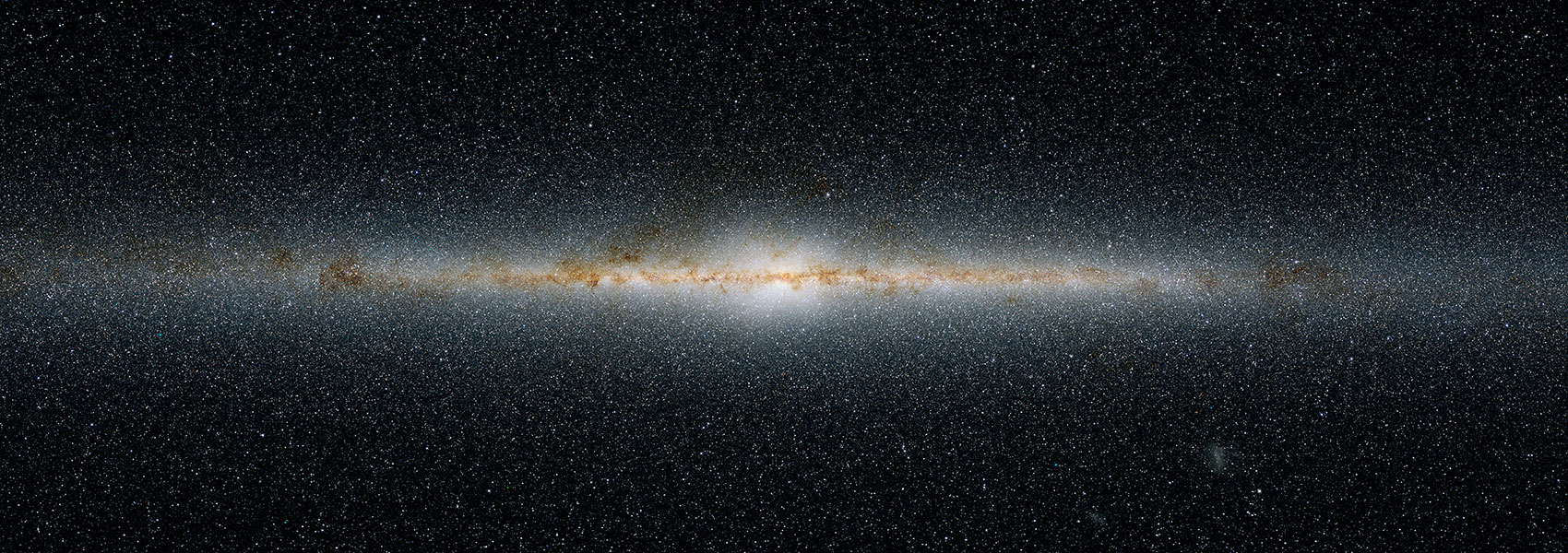Extrasolar moon may be frequent, temperate abodes for life and their detection
would not only have astrobiological significance but would also greatly further
our understanding of planet/moon formation theories. For the first time, the
detection of a transiting planet-moon system is moving from the realms of theory
to observation due to the unprecedented photometric precision being achieved by
Kepler. In this talk, I will discuss how we might find a transiting exomoon,
exploring both the dynamical effects (such as transit timing variations) and the
eclipse effects (such as mutual eclipses) which may be observable. It is shown
that Kepler is capable of finding Earth-sized and -mass moons. I will close by
introducing a new systematic program to search these elusive objects, which will
shed light on the frequency of large moons around extrasolar planets.



